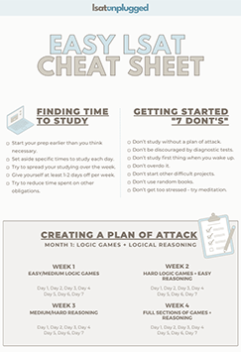I interviewed Stephen Harris, former LSAT question-writer who has written hundreds of the questions that appear in your books of LSAT PrepTests.
Our discussion follows.
***
How important is diagramming for Logical Reasoning questions? Is it advisable?
This is a great question. My take is that, with rare exception (maybe the odd matching structure item) diagramming on test day is not a wise investment of time. However, diagramming is important to practice while preparing because some questions will ask about structure in a way that presupposes the ability – if you couldn’t diagram the argument you wouldn’t know how to answer the question. That said, on test day you shouldn’t have to actually draw a diagram to get the question right; you should be able to just tell that, for example, the first statement in the stimulus is a subsidiary conclusion. This point applies to many of the skills tested on the LSAT, in my opinion.
When writing questions, how much do you rely on a template or previous question to form the basic structure?
What is that saying – good artists borrow, great artists steal? I generally tried not to look at too many other questions, and usually based new questions off of some quirky thing I read or heard on the radio. One thing about the LSAT is that questions undergo multiple layers of editing, so the question that shows up on the test is really the product of several people’s work, and may not look too much like the one that is submitted.
Does LSAC pay any attention to the products and strategies developed by test prep companies? For instance, do they make any attempt to ‘keep ahead’ of the prep industry by deliberately altering patterns that have been previously identified?
I don’t know, but the idea of that kind of arms race appeals to the part of my brain that stores Area 51 trivia.
How many people were responsible for coming up with LSAT questions, and what would their expected ‘output’ be?
I’m not sure how many writers they contract with to submit “raw” questions, but a quick look at the numbers shows that their total yearly question needs are pretty small, about 400 a year or so. If they buy 2 ½ times that number it’s only 1000 questions a year, which doesn’t work out to very many per writer with even a small corps of contractors. I bet most writers contributed 20-50 questions a year.
*** This is part 6 of the series of interviews. You can also get them all in a free book I put together.

